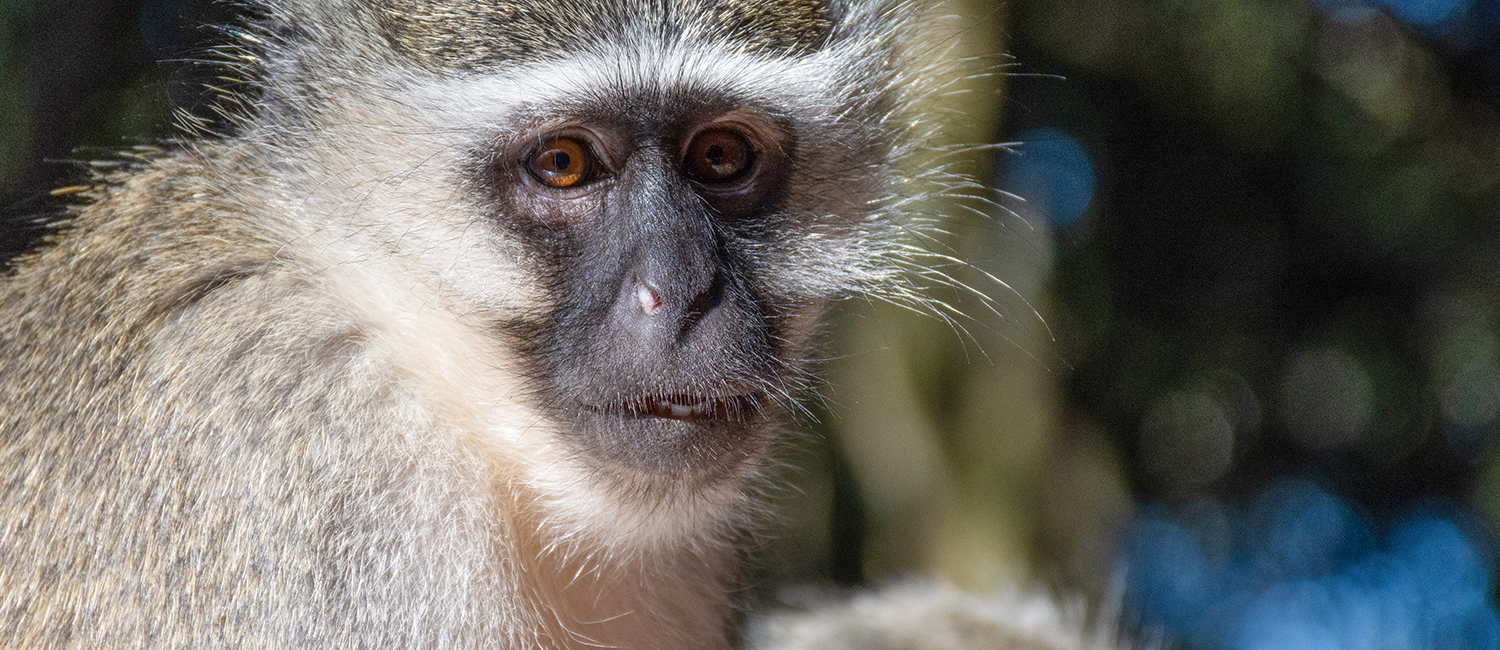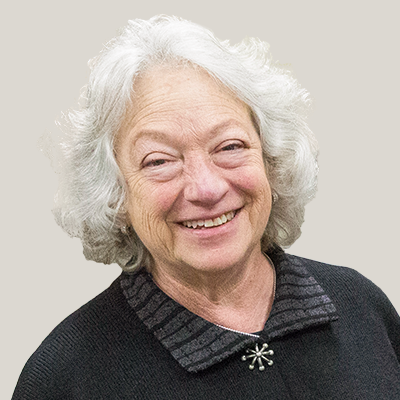
Classification helps conservation of vervet monkeys
Vervet monkeys live across Africa and the Caribbean, and they’re so adaptable to their environments that human encroachment often results in conflicts with the animals. Although many people consider the monkeys a nuisance, many also want to save the animals, and rehabilitation centers across Africa house injured or orphaned monkeys.
But when these centers want to release vervets back into the wild, they often meet with resistance from local authorities. The main concern: Releasing animals from one location into the domain of others could disrupt the gene pool.

The case for releasing vervets in South Africa has received a huge boost from Trudy Turner, the go-to counselor for questions about vervet integration. The distinguished professor of anthropology in the College of Letters & Science is an expert in vervet taxonomy, which is the scientific classification that distinguishes one group of animals from another.
For 40 years, Turner and her students have collected data on the monkeys. Their research has shown that rehab centers can safely release vervets from one location in South Africa to another because they’re genetically and taxonomically similar.
Versatility is a hallmark of vervets. “They live in every conceivable habitat across a wide geographic area,” explains Turner, editor-in-chief of the American Journal of Physical Anthropology and co-author of the 2019 book “Savanna Monkeys: The Genus Chlorocebus.” “Because of their diversity and adaptability, they can live anywhere.”
That same diversity also makes vervet taxonomy a difficult task. Different conditions may drive physical variations: Vervets in one area can be larger, but smaller in another place. Vervets across Africa have also adapted to various environmental conditions and even to specific viruses, which has led to genetic differences.
It’s these genetic distinctions, not the size and shape, that are the key taxonomic factors. The taxonomic hierarchy, from broadest level to smallest, descends from kingdom, to phylum, to class, order, family, genus and species. Turner’s work proved the species in question were similar enough within South Africa that rehab centers could safely release them.
Throughout her career, Turner’s research has helped redefine the vervets’ Chlorocebus genus to accurately reflect their evolution, which has played a big role in their conservation. “In order to help a population,” Turner says, “you must show that they’re distinctive or specialized and needing additional protection.”
The conservation aspect is one of the most satisfying aspects of Turner’s work with animals on the ground. “I don’t know of anyone in the field who isn’t working with conservation in mind,” she says. “We can’t help it. You have to do what you can to protect what’s there.”